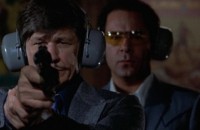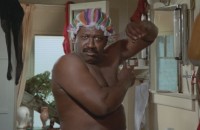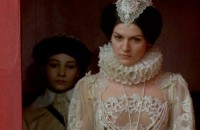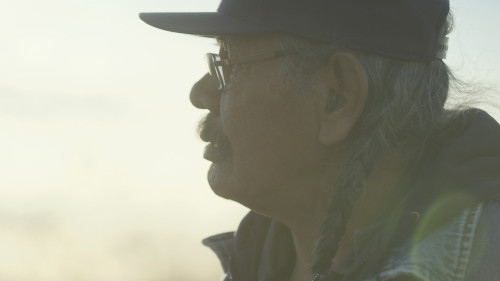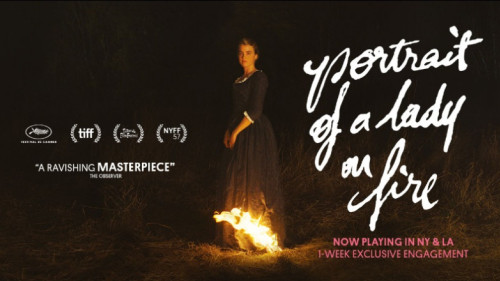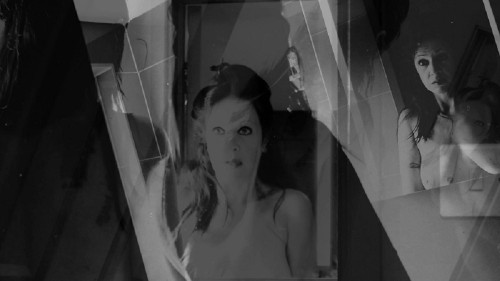Volume 22, Issue 11 / November 2018
The 1970s: The Decade that Keeps Giving
In this issue
For many fans of a certain generation the 1970s represents one of the most important decades for American cinema, a coming of age of sorts where younger filmmakers took hold of their careers and older filmmakers took advantage of industry stability and creative freedom to make raw, aggressive and socially engaged cinema. It is a period where the industry had stabilized itself after the fall of the Hollywood studio system that flowered in the inter-war periods. A new rating system in 1968 was aligned with a more mature approach to cinema, not censoring film but assigning ratings to ensure appropriate aged viewership. Younger filmmakers, many of them university trained for the first time, brought a youthful and more socially aware energy to film. A generation sometimes referred to the ‘Movie Brat’ generation made genre films with a rawness marked by an exposure to European art cinema of the 1950s and 1960s. Directors like Spielberg, Lucas, Bogdanovich, Coppola, Hopper, Lynch, Scorsese, De Palma, Milius. Along with these twenty and thirty something year old directors, an older generation of directors trained at the tail end of the studio system or in the new Television industry were motivated to show these ‘young guns’ that they still had something to teach them. Directors like Robert Aldrich, Arthur Penn, Sam Peckinpah, Robert Altman, Mike Nichols, and Friedkin. The decade produced some of the greatest American films ever made: Easy Rider, Five Easy Pieces, The Godfather, The Godfather 2, The Last Picture Show, The Exorcist, McCabe & Mrs. Miller, The Long Goodbye, Jaws, Taxi Driver, The Texas Chainsaw Massacre, Annie Hall, The Conversation, Days of Heaven, and Putney Swope. This issue pays homage to this productive decade, a decade that still seems to give and provide enjoyment and enlightenment. Taking center stage for this issue is regular Buck a Review columnist Douglas Buck, who contributes three pieces to this 1970s issue. Such is his love of this decade that I could have easily made this an all-Buck issue (just check his column to see the many other films from the 1970s covered). We are somewhat cheating with Buck’s first article, Orson Welles’ The Other Side of the Wind, a film finally released in 2018 on Netflix and selected theatrical presentations, but which was filmed over an extended period in the early 1970s. There’s nothing about this film that says 2018. Everything about it oozes 1960s, 1970s. Buck’s second piece reviews the film that introduced the blockbuster to the horror genre, Jaws. And his third review looks at the film that triggered the cycle of vigilante films, Death Wish. My contribution is an appreciation of the recent Vinegar Syndrome Blu Ray/DVD release of one of the most important (and wholly) independent films of the 1970s, Melvin Van Peeble’s irresistibly titled Sweet Sweetback’s Baadasssss Song!. For many cinephiles with a taste for the unusual, the 1970s meant discovering horror films from Europe that offered more risque subject matters and greater foregrounding of expressive form and style.These films, now labelled succinctly as ‘eurohorror’, hailed largely from Italy, Spain and France. First-time writer Joey Shapiro has this covered with his essay “Blood-Spattered Brides: Female Vampires and Male Anxieties in European Erotic Horror Cinema”, that critically describes the many (though not all) lesbian vampires in Eurohorror that function as subversive and de-stabilizing intrusions into straight and hetero-normative sexual lifestyles. [Donato Totaro, ed.]

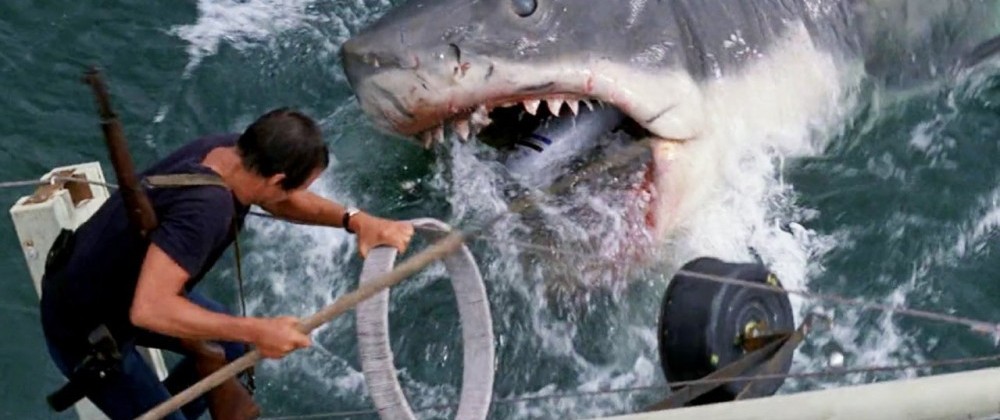
-small_200_130_90_c1.jpg)
-small_200_130_90_c1.jpg)
